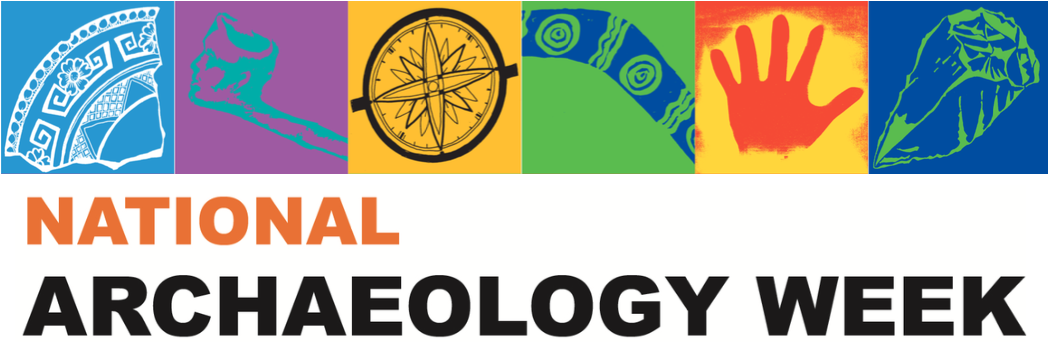Liv Siefert
Current position
Lead Heritage and Intelligence Researcher.
Where did you study?
Macquarie University
Basel Institute on Governance
Leiden University
How did you become interested in archaeology?
My interest in archaeology started with a love of storytelling at a really young age. My mom and her sisters fostered my love of history through books, myths, and their travels to ancient lands - which were spared no fascinating detail.
Evidentially encouraged by their fables, they put me on a steady course of books and documentaries which opened my eyes to worlds that had come to pass, and how they had manifested within archaeological findings. This love of stories was also eventually noticed by my ancient history teacher, who pushed me through high school to chase the curiosity and responsibility that came with reconstructing the past. Her drive, along with my mom and my aunties, pushed me to find the path I am on today.
What archaeological projects are you working on at the moment?
I’m currently working as the Volunteer Researcher and Media Outreach for a confidential international heritage intelligence project (launching soon!). Based out of the United States, our team at MOLA is seeking to map the illicit trade of antiquities.
I also have just published a policy review on the cultural heritage destruction currently occurring in Gaza, which will release later in the year.
Tell us about one of your most interesting archaeological discoveries.
I will never forget my first major archaeological find of my career. I was excavating in Malta in mid 2022 as part of a project researching unbroken ground on the Domvs Romana site.
In the third week, our trench had hit our fourth strata level when I found a significantly large marble piece of a Roman column, that had supported part of the original structure of the site.
I made a bet with a colleague (who I was travelling onto Athens with at the time) to get it tattooed (as would she). And a week later we both had the first finds of our career permanently engrained on our memory and forearms.
Tell us about a funny / disastrous / amazing experience that you have had while doing archaeology.
Within the first week of my overseas work, we started conservation recovery on a number of the animal remains we had recovered on site. We had one problem, all of the strata labels that we had created and bagged with the different collections had been misplaced, meaning that our findings were devoid of their entire context.
Working without break for that entire 8 hour day consisted of painstakingly recreating disarticulated skeletons after extensive lab work, in order to make the artefacts make any sense.
It was like doing a jigsaw puzzle without the reference picture.
What’s your favourite part of being an archaeologist?
The most incredible part about working in archaeology (whether it be on an excavation or within a research team) is the level of camaraderie.
Working in archaeology is not only dirty and harrowing work at times, but can also be emotionally exhausting when dealing with certain material.
Working within cultural heritage in particular, the ethical and logistical politics involved within repatriation and its policies, really makes you value the colleagues you work with. It teaches you the power of respect, a good sense of humour, humility to be wrong and criticised, and a willingness to make change.
Stories from the humans that make up our archaeological research shape who we are today as practitioners. It’s one of the strongest beliefs I have kept from my initial childhood fascination with archaeology, up until my work now. We have the incredible power to recover love, curiosity, passion, and grief that had previously been lost to time. Working with a team to bring back that meaning? That’s the best part about being an archaeologist.
Follow up reading.
LinkedIn: http://linkedin.com/in/liv-siefert-06870a201
Twitter: https://x.com/livcsiefert?s=21

